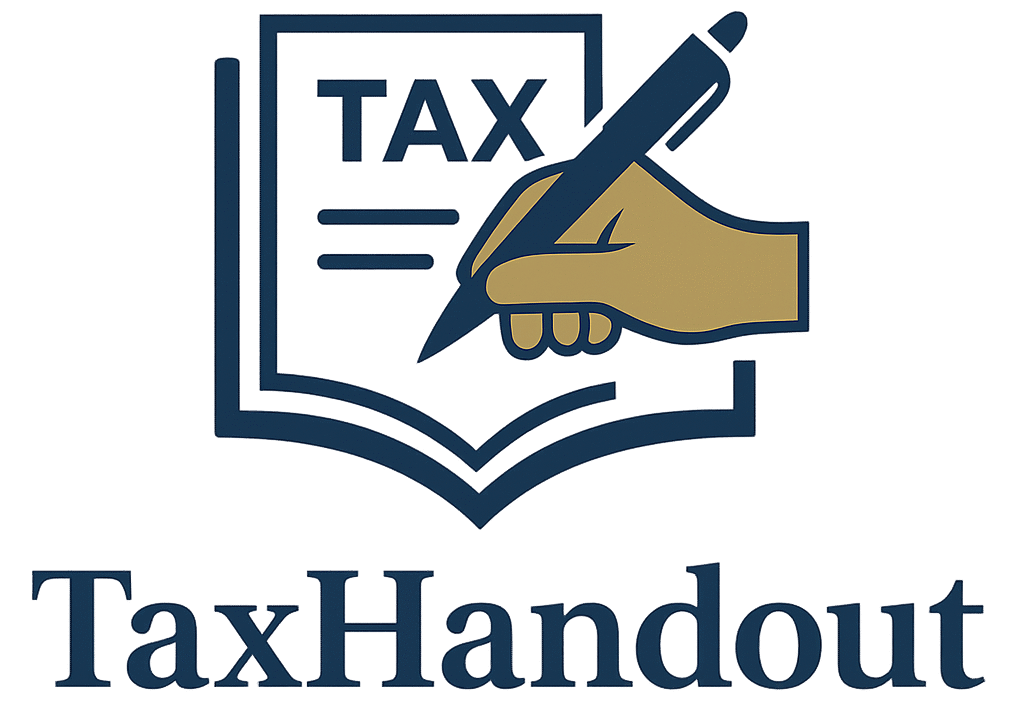Introduction
An Inverted Duty Structure (IDS) arises when the rate of tax on inputs (raw materials) is higher than the rate of tax on output (finished goods). This structure leads to an accumulation of unutilized Input Tax Credit (ITC), resulting in financial strain for businesses and distorting the flow of tax credits in the supply chain.
This phenomenon is particularly relevant under India’s Goods and Services Tax (GST) regime and has attracted considerable attention due to its impact on various sectors.
What is an Inverted Duty Structure?
As per GST framework, businesses are generally allowed to claim Input Tax Credit for the taxes paid on inputs used in the production of goods or services. However, in cases of IDS, this system leads to surplus ITC which cannot be effectively utilized due to the lower tax rate on output supplies.
Example:
- Input: Non-woven fabric @ 12% GST
- Output: Fabric bags @ 5% GST
Here, input is taxed higher than output, leading to accumulation of ITC.
Key Implications of Inverted Duty Structure
1. Excess Accumulation of ITC
Under IDS, businesses accumulate ITC that they are unable to utilize fully against their GST liability. This leads to blocked working capital and inefficient credit flow.
2. Cash Flow Constraints
Although refund mechanisms are available, the process of claiming refund is often delayed and compliance-heavy. Until the refund is sanctioned, the funds remain locked, leading to cash flow problems.
3. Compliance Burden
Taxpayers dealing with IDS are required to file refund claims under Rule 89(5) of the CGST Rules. This requires detailed documentation, such as inward and outward supply data, tax paid, etc., which increases the compliance burden.
Sectors Commonly Affected
Certain sectors frequently face inverted duty structure due to the disparity in GST rates:
| Sector | Input GST Rate | Output GST Rate |
|---|---|---|
| Textile | 12% | 5% |
| Footwear (below ₹1000) | 18% | 5% |
| Renewable Energy | 18% | 5% |
| Fertilizers | 12%/18% | 5% |
These sectors are characterized by high-volume production and relatively low margins, which makes refund delays and cash blockages especially problematic.
Legal Framework
Refund of unutilized ITC due to IDS is governed by:
- Section 54(3) of the CGST Act, 2017
- Rule 89(5) of the CGST Rules, 2017
However, refunds are not allowed in all cases. For example, refund is not admissible for goods notified under Notification No. 5/2017-Central Tax (Rate), which lists items excluded from IDS refund eligibility.
Challenges in Addressing IDS
- Denial of Refund in Certain Goods: Some goods, though suffering from IDS, are not eligible for refund (e.g., fabrics).
- Changes in GST Rates: GST Council has tried to rationalize rates to reduce IDS cases, but frequent changes also create uncertainty.
- Refund Calculations: Refund under Rule 89(5) considers only inputs and not input services, which adds to ITC accumulation without relief.
Recent Updates and GST Council Interventions
The GST Council has periodically discussed the issue of IDS and taken steps such as:
- Rationalizing GST rates to reduce gap between input and output rates.
- Revising formula for refund to include some components of input services (though still under debate).
Conclusion
The Inverted Duty Structure poses a significant challenge to India’s GST system by affecting the working capital and profitability of businesses, especially in sectors with thin margins. While the government has provided a refund mechanism, a more comprehensive solution such as rate rationalization or allowing full ITC including input services may ensure smoother compliance and reduce financial stress on businesses.
